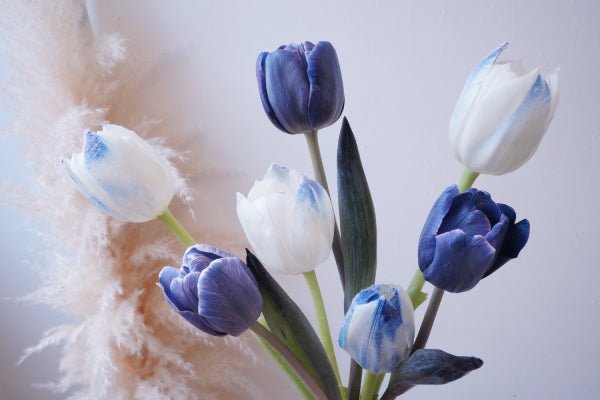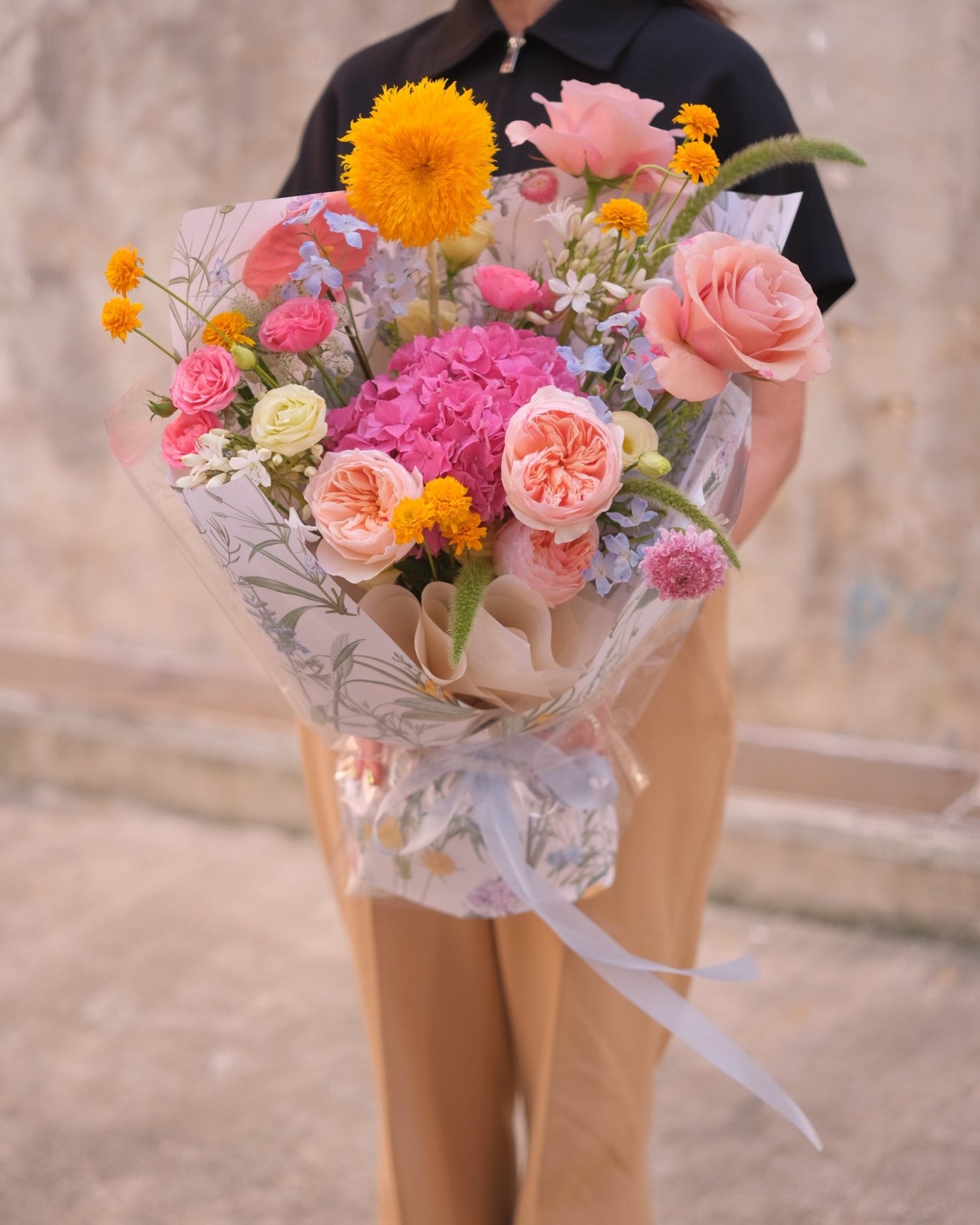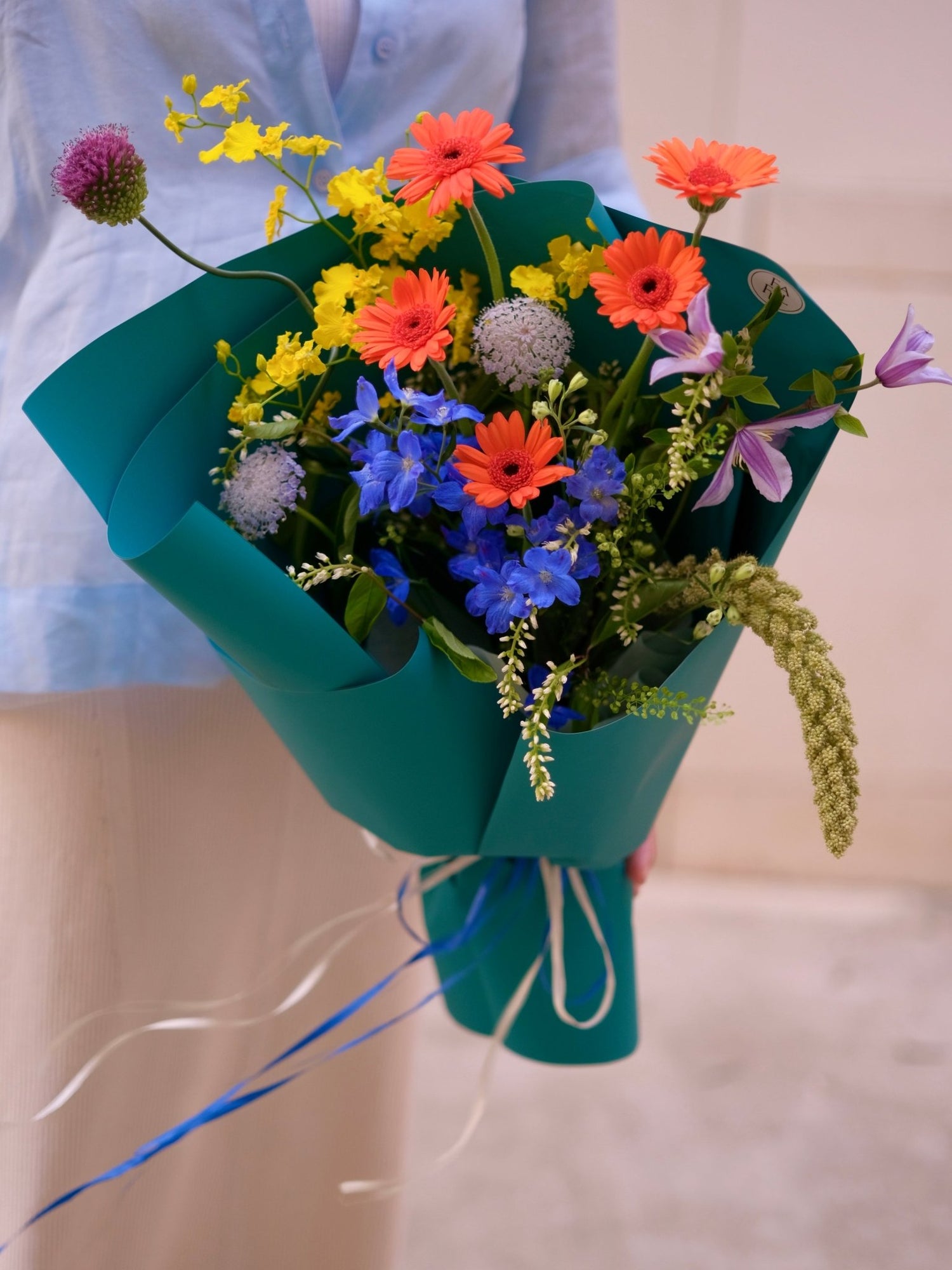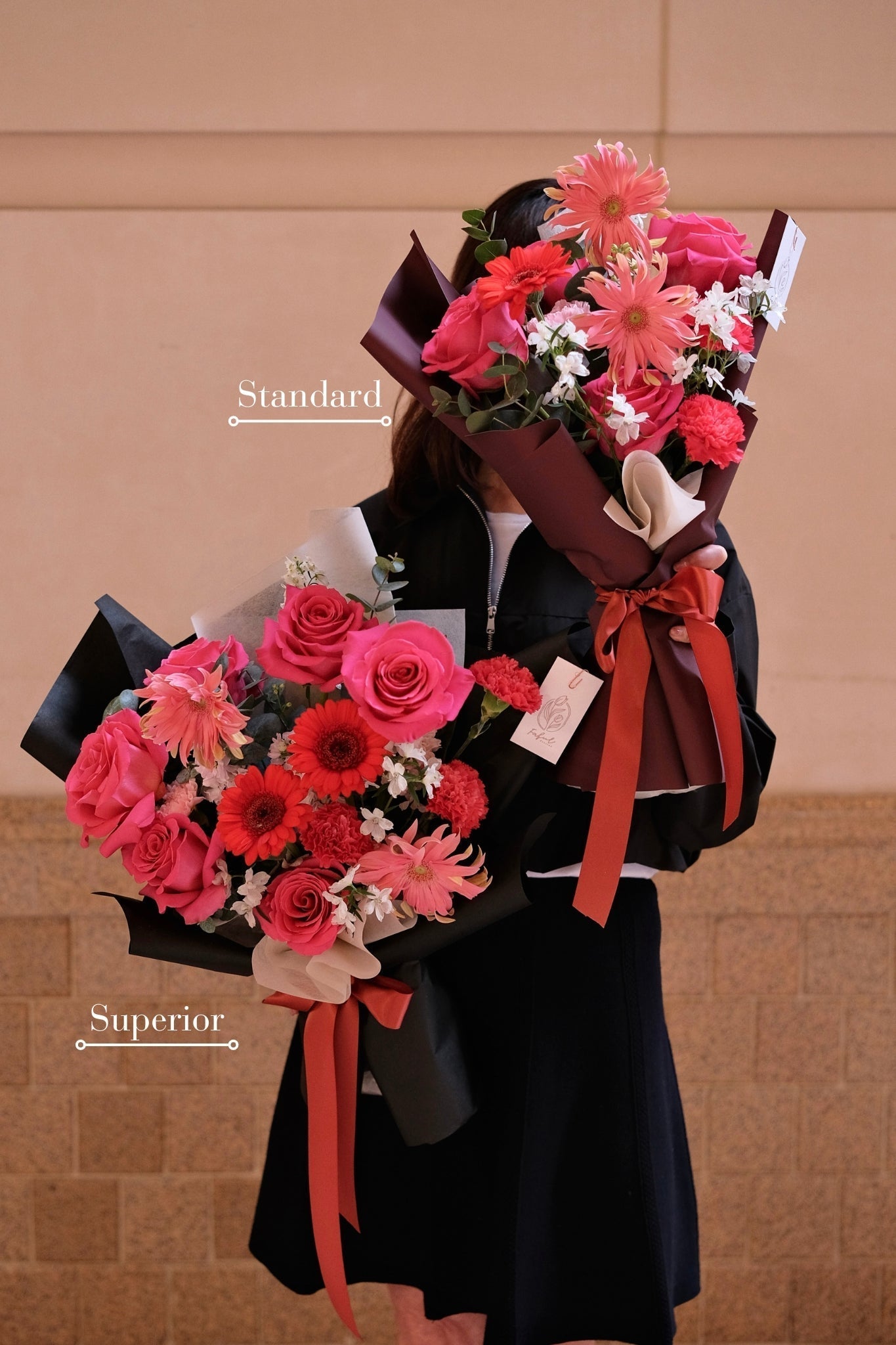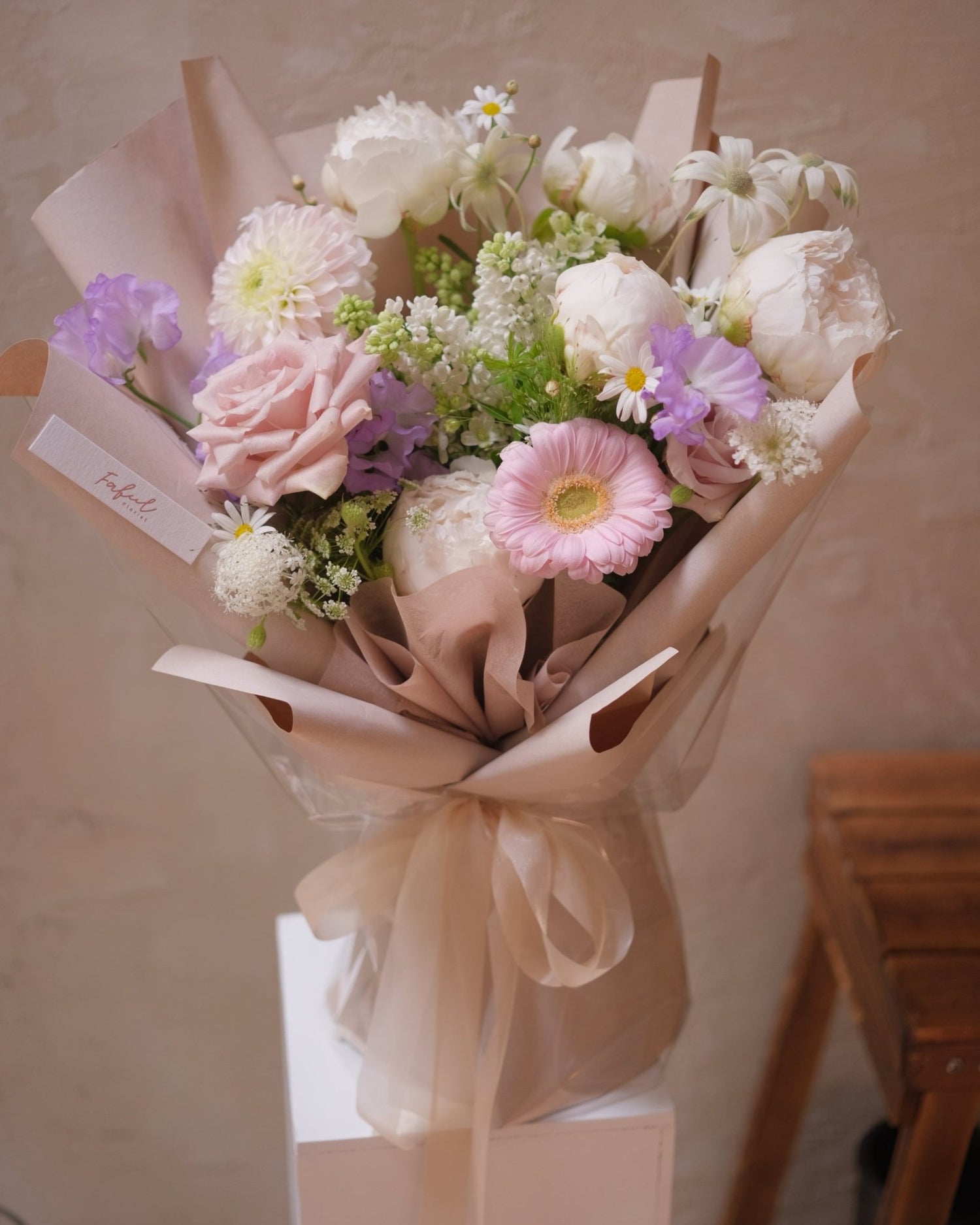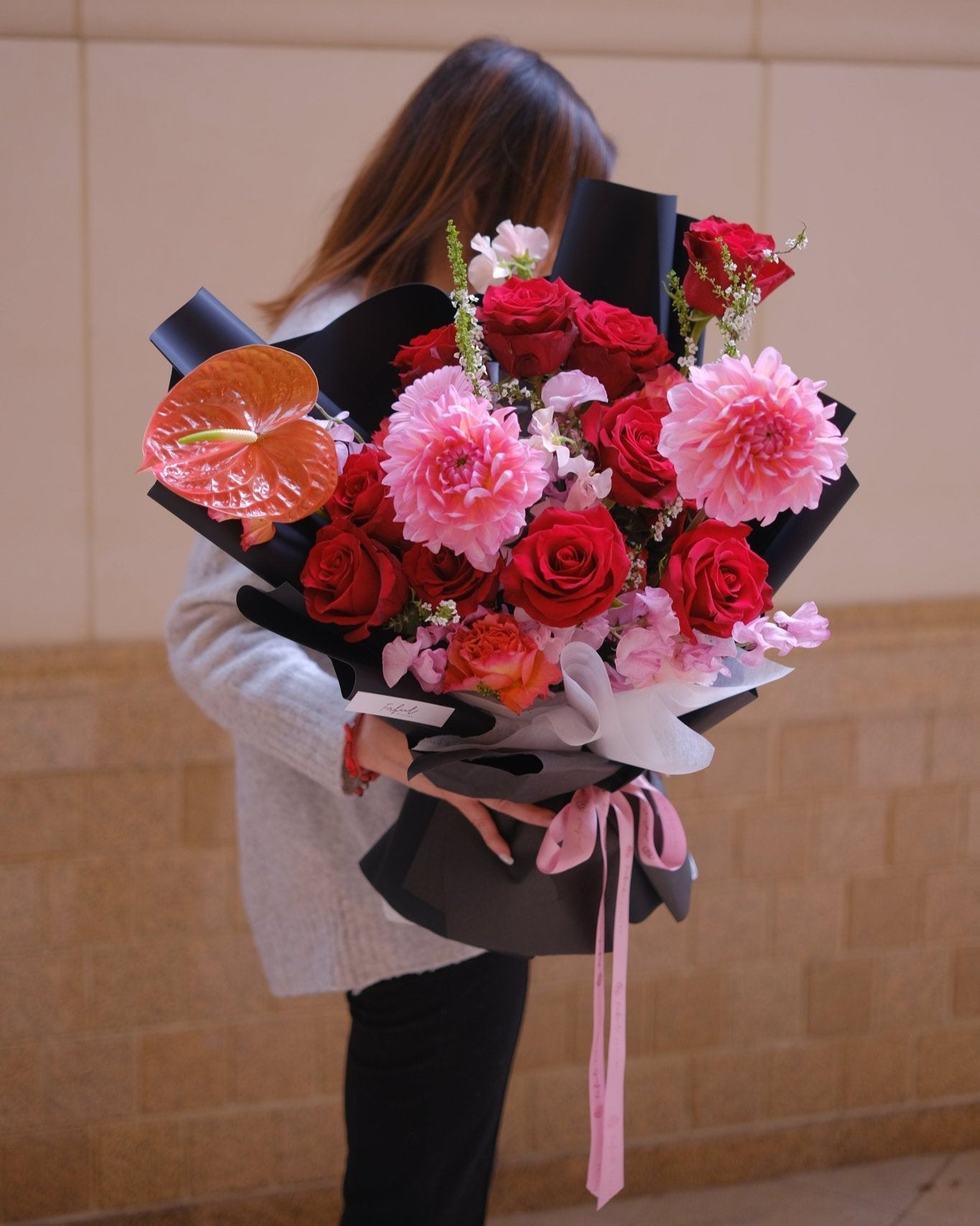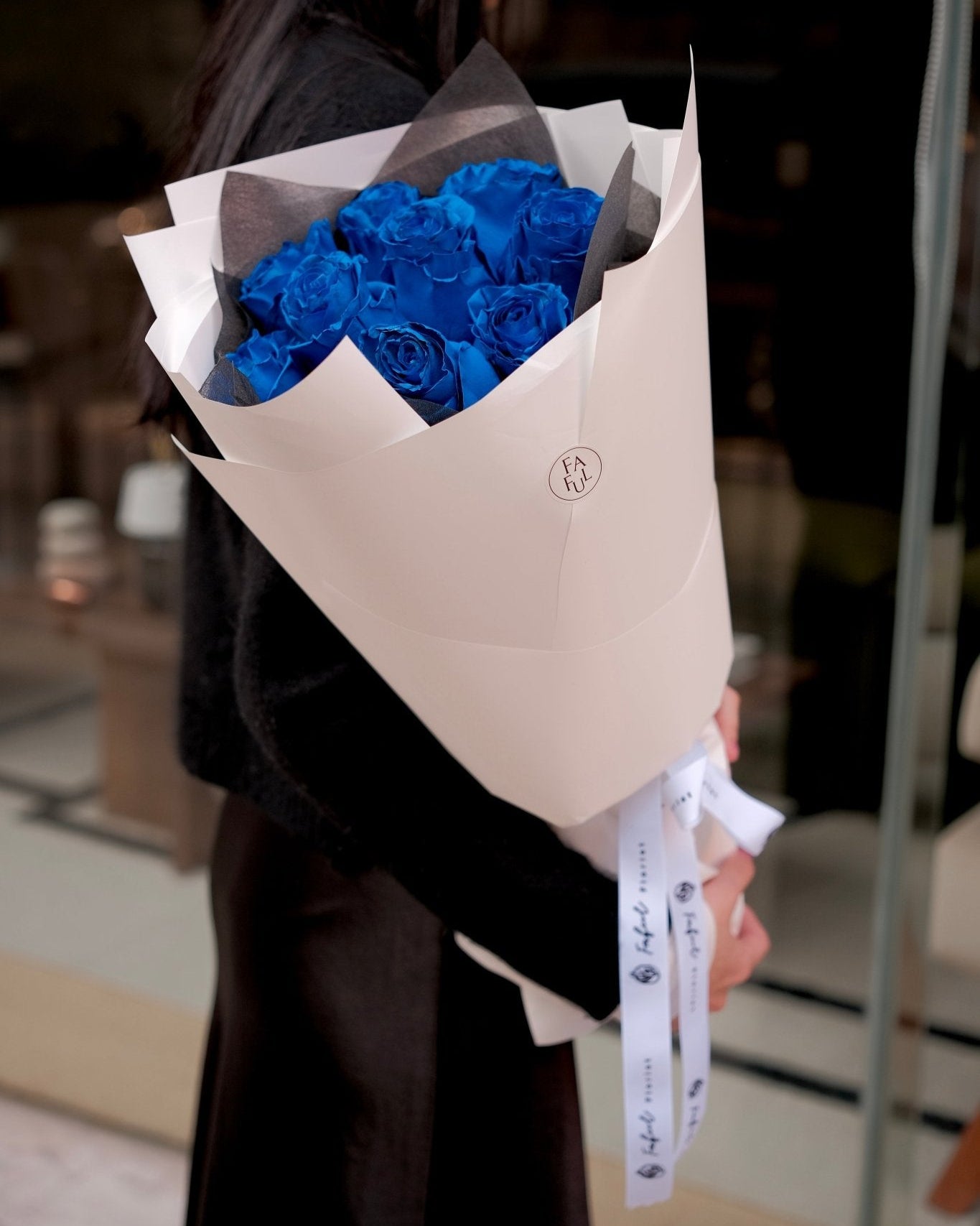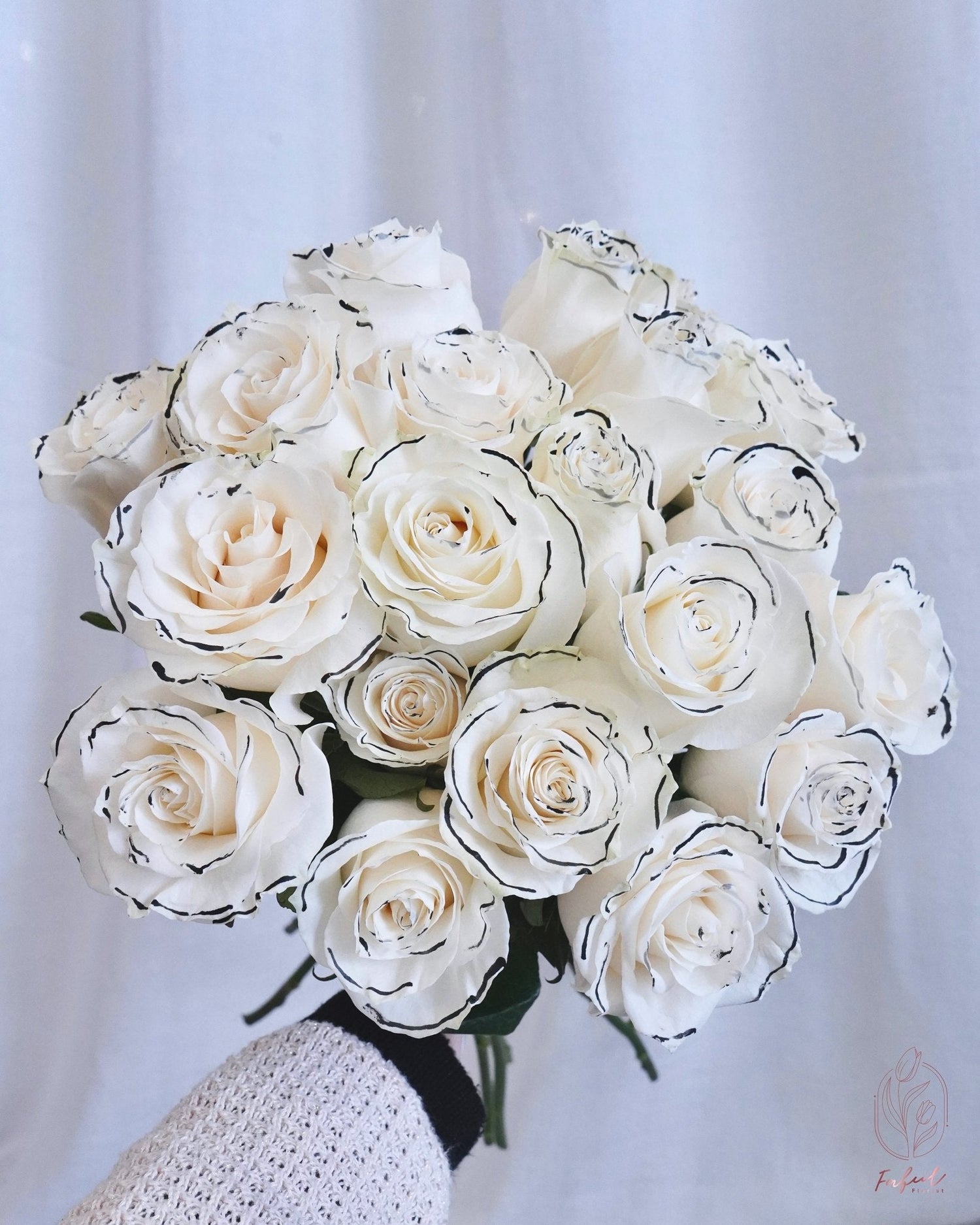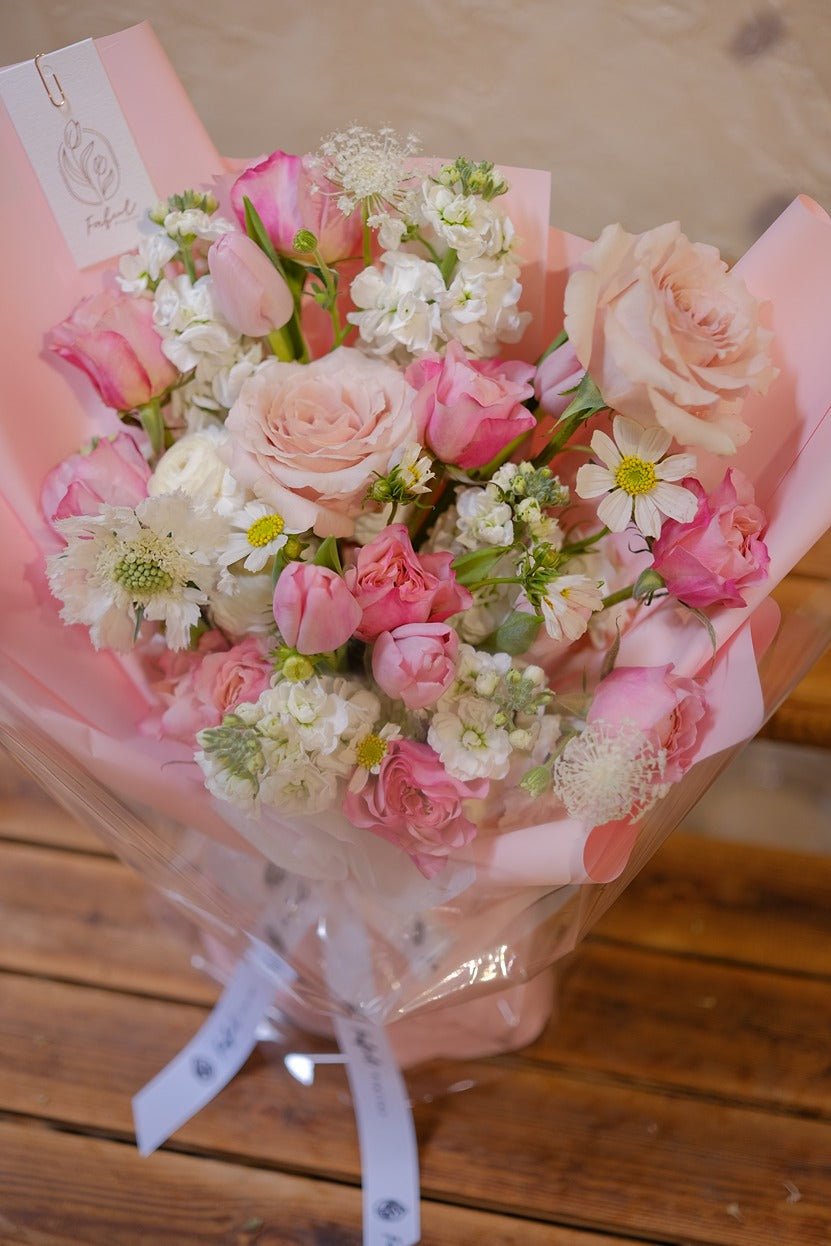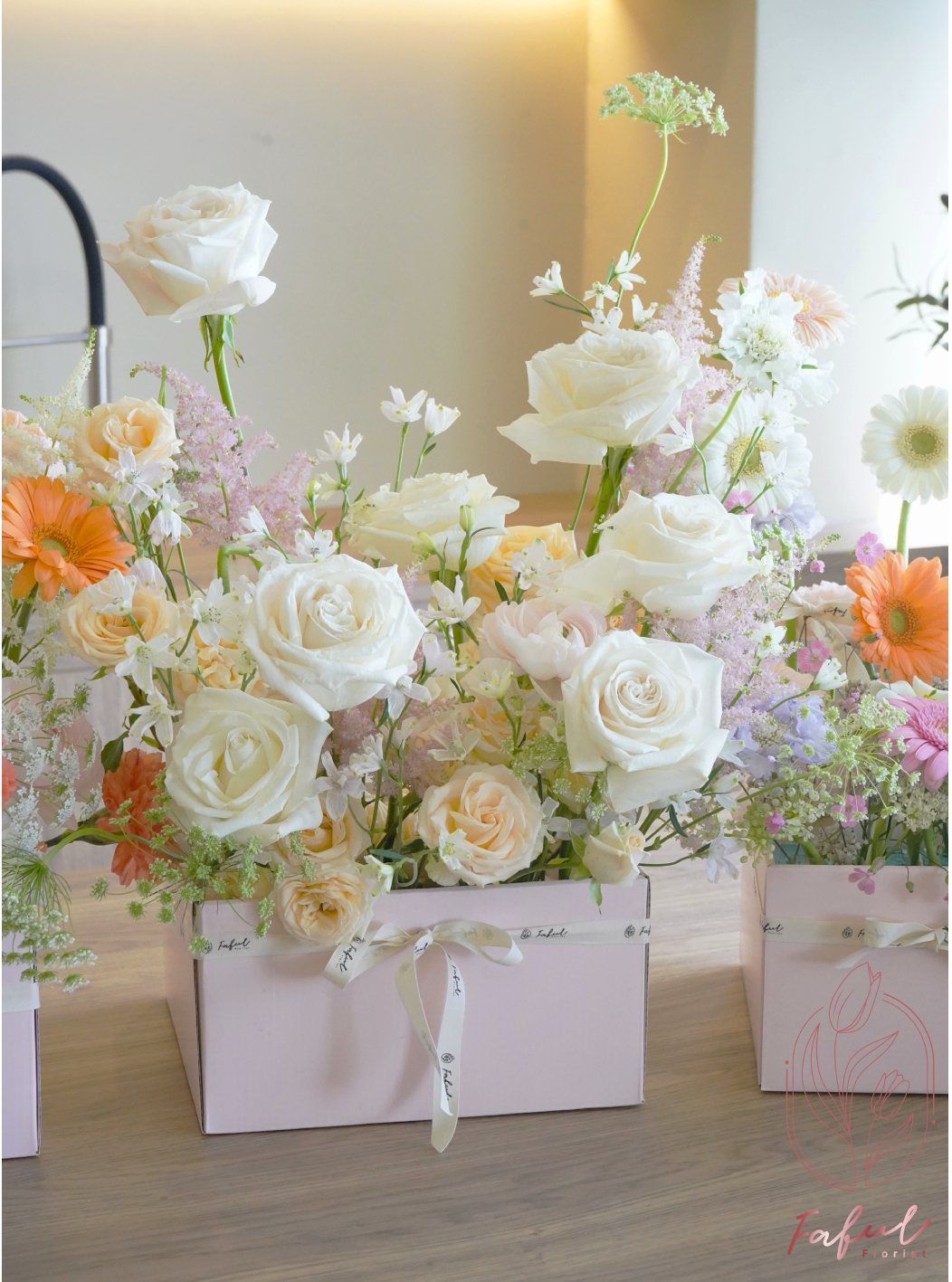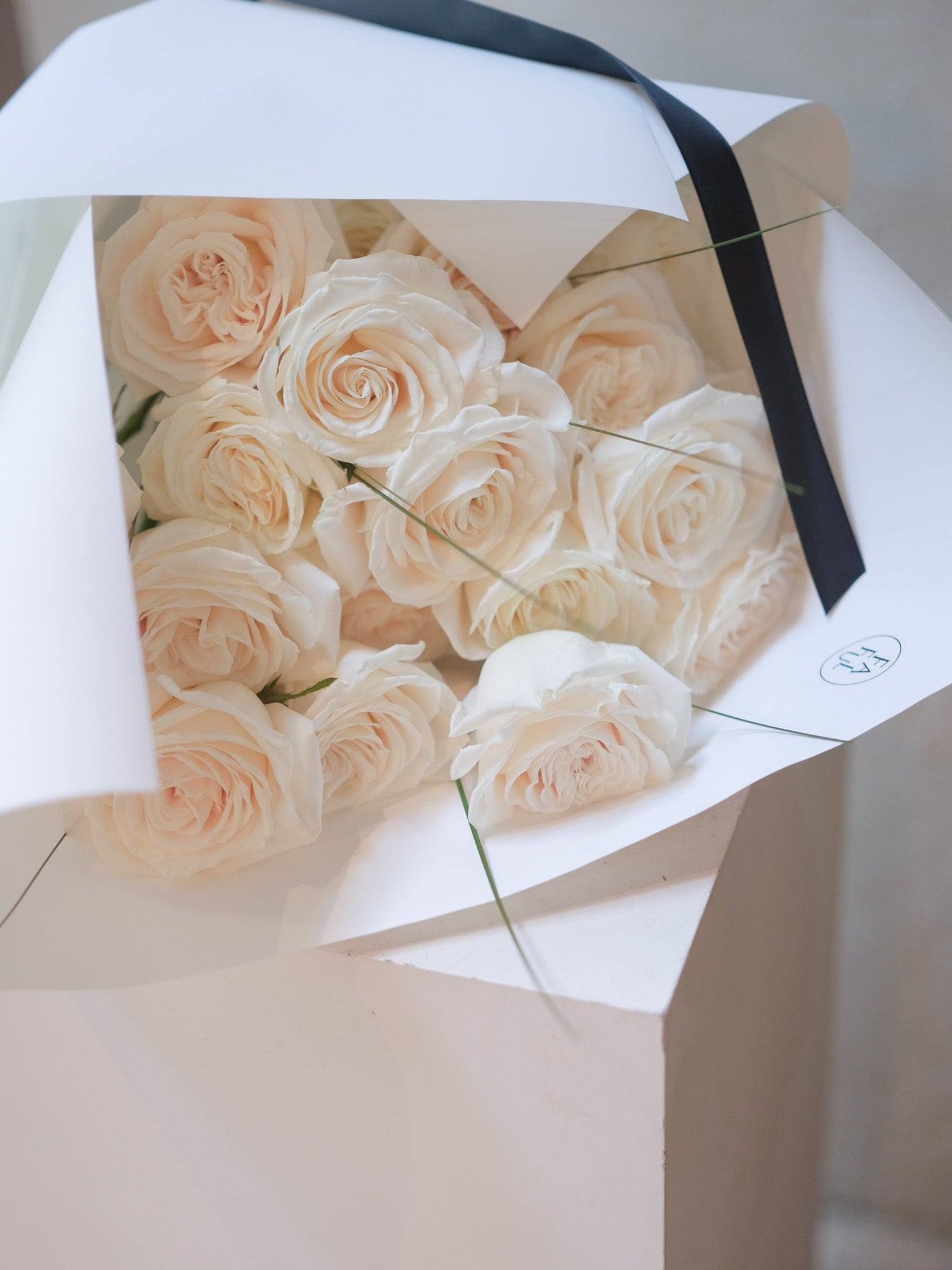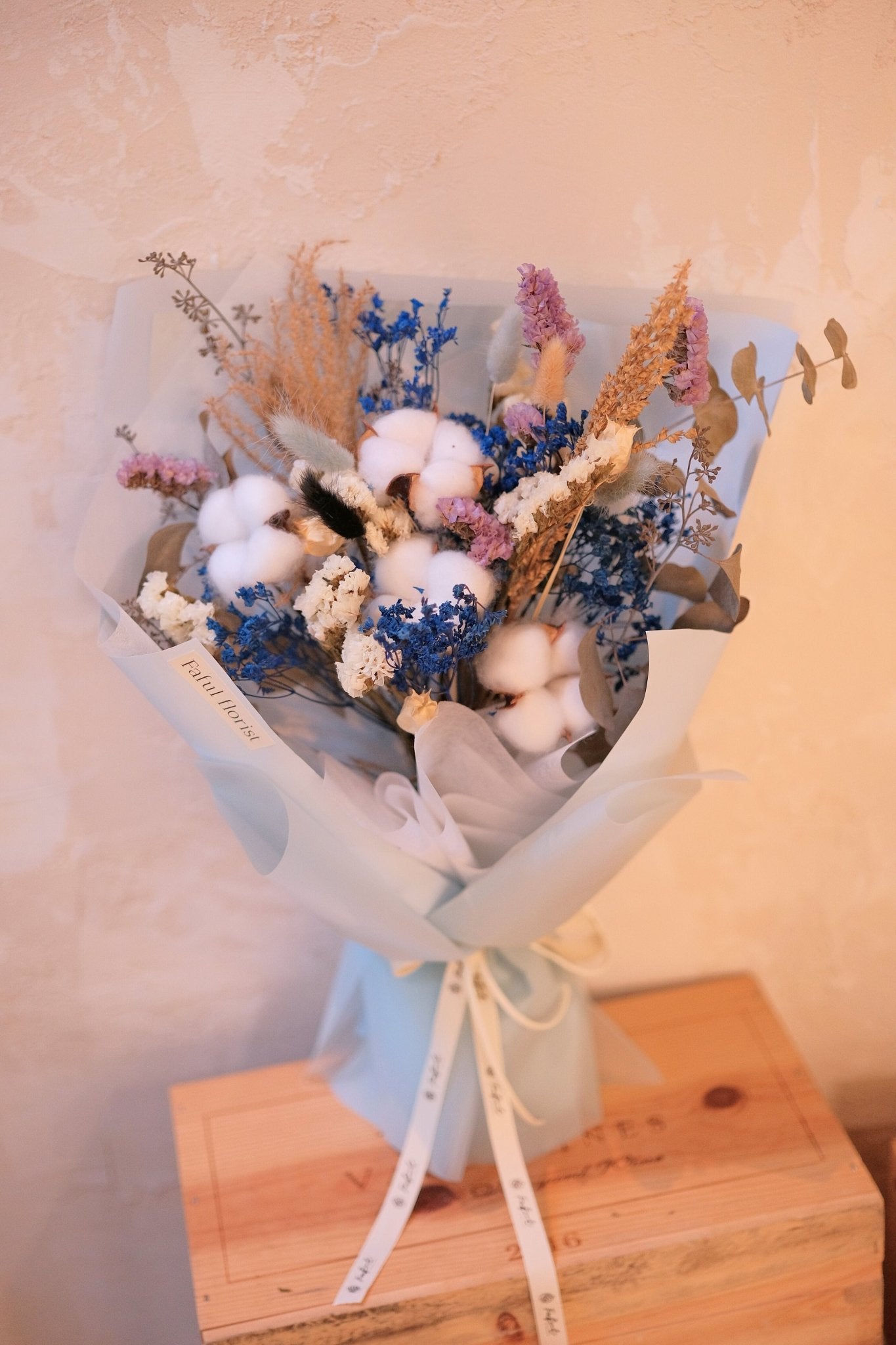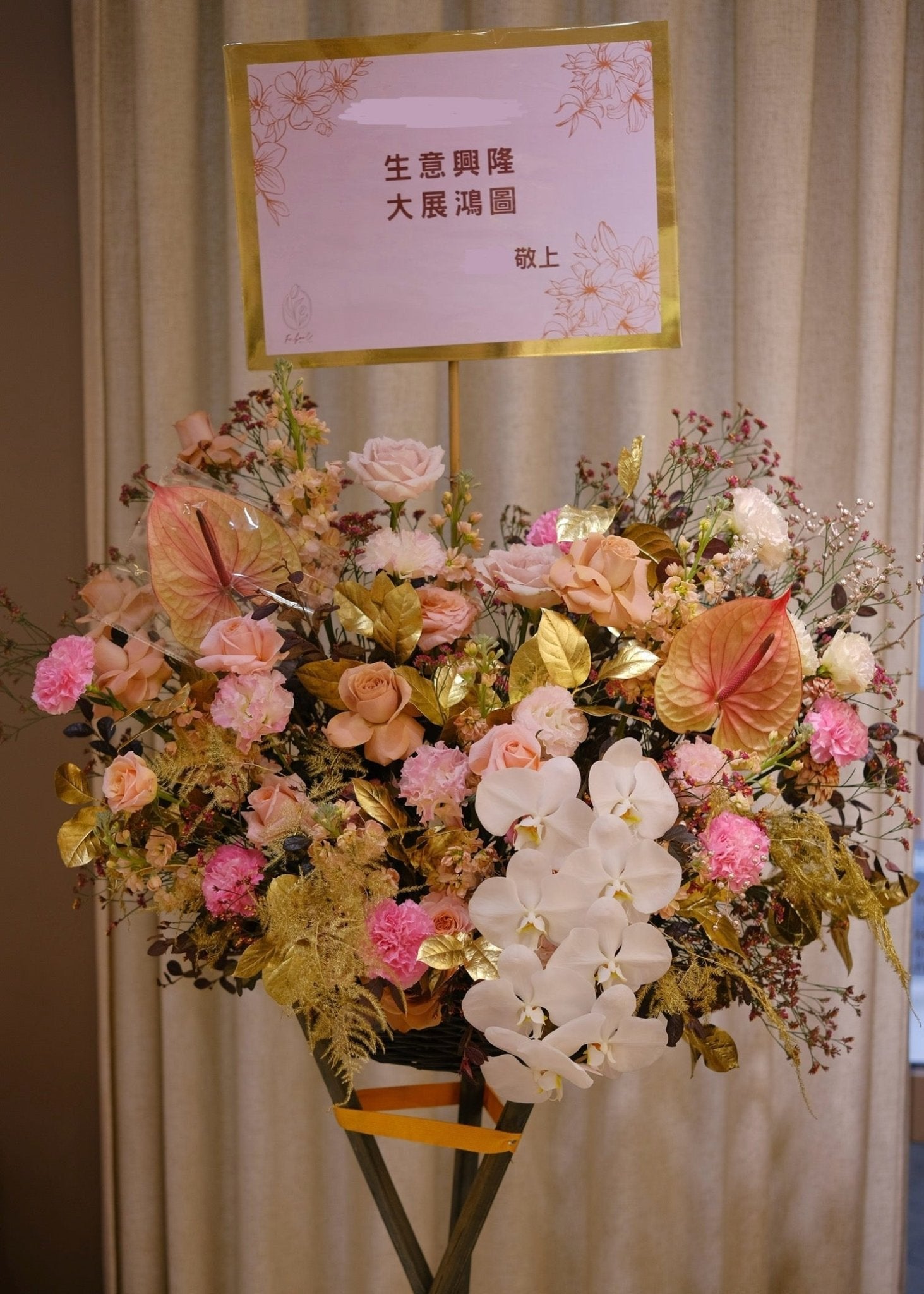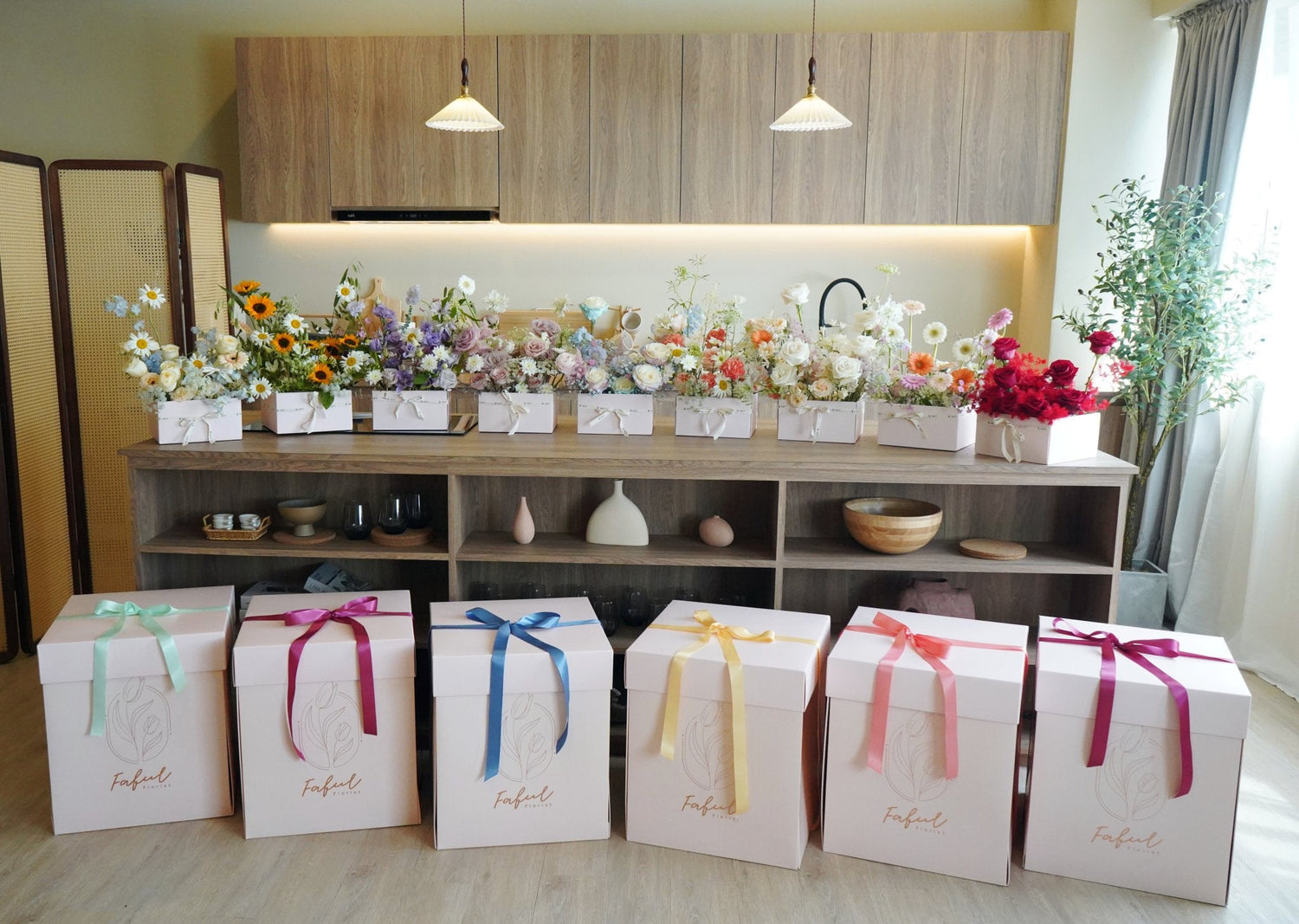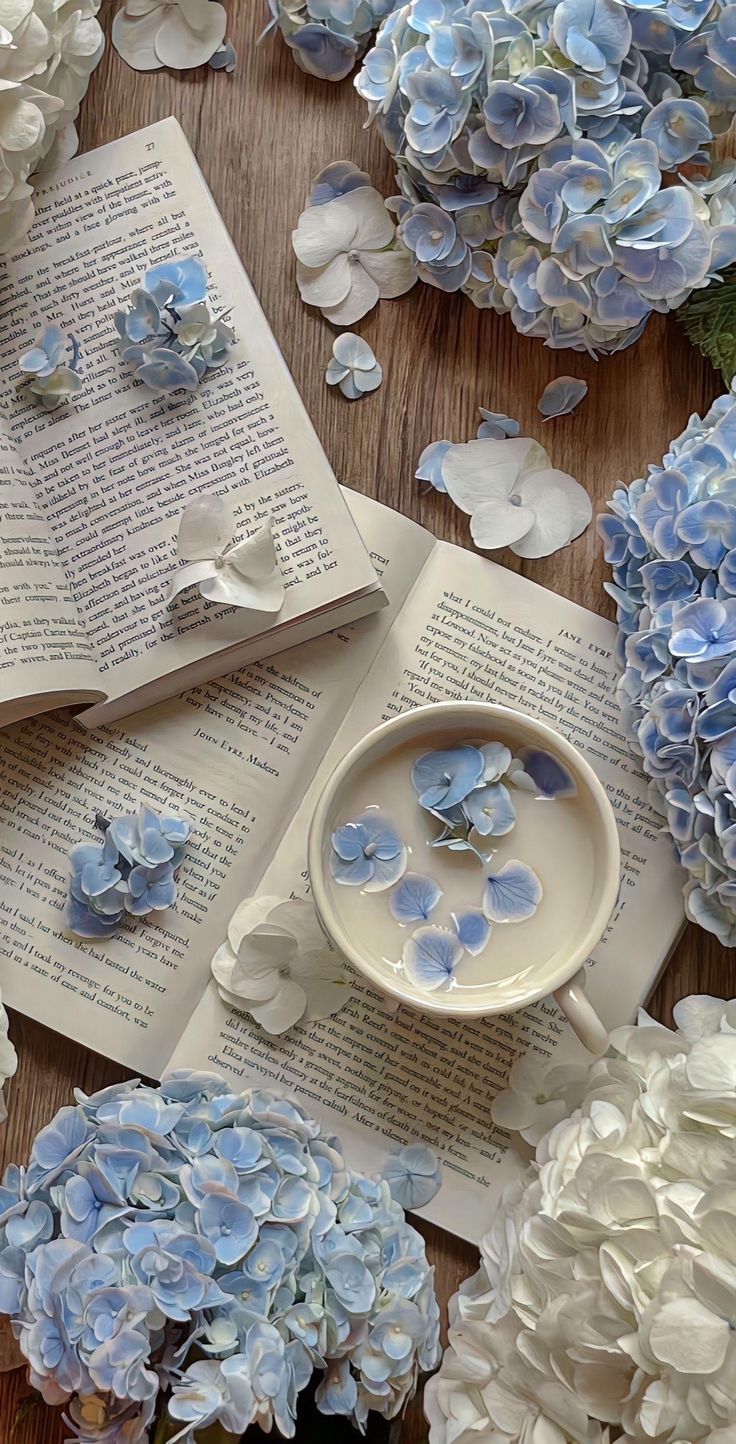
Understanding Hydrangea Meaning: A Deep Dive into this vibrant Flower
Estimated Reading Time: 6 Minutes
Table of Contents
- The History and Origins of Hydrangea
- Etymology of Hydrangea
- General Hydrangea Symbolism
- Hydrangea Meaning by Color
- Hydrangeas Meaning in Different Cultures
- Uses of Hydrangea
- Fun Facts About Hydrangeas
- Caring for Hydrangeas
- Conclusion
Hydrangeas are vibrant, versatile flowers that have captivated people worldwide for centuries. Known for their large, lush blooms, hydrangeas are popular both as ornamental plants in gardens and as a beloved choice for floral arrangements. Beyond their beauty, hydrangeas carry rich meanings and deep symbolism that vary across different cultures. This article will explore hydrangea meaning and hydrangea symbolism, delving into their history, cultural significance, and the hidden messages behind their colorful blooms.

The History and Origins of Hydrangea
Hydrangeas have a fascinating history that begins in the native regions of Asia and North America. The plant was first cultivated in Japan, where it became an important part of the culture and was often referred to as "Ajisai." The Japanese have cherished hydrangeas for centuries, and they are frequently seen blooming during the rainy season, transforming gardens and temple grounds into stunning landscapes. The flowers are also native to parts of China and Korea, where they have been similarly admired for their beauty.
Hydrangea fossils found in North America date back 40 to 65 million years, showcasing their deep roots in the natural history of the continent. Despite their long-standing presence in Asia and North America, hydrangeas did not reach Europe until the 18th century. A North American varietal was brought to England in 1736, and soon, hydrangeas spread across Europe, where they became a favorite for their large, showy blooms.
Want to know more meanings of other flowers?
Further Reading: Floriography - The Hidden Flower Meaning

Etymology of Hydrangea
The name "hydrangea" comes from the Greek words "hydro," meaning water, and "angeion," meaning vessel. This name refers to the plant's cup-like seed capsules and its love for water. It is fitting, as hydrangeas require ample moisture to thrive. Another common name for hydrangeas is "hortensia," which is believed to have been named by a French botanist, either after a woman rumored to be his mistress or after the daughter of a prince he encountered during his botanical studies. These intriguing etymological stories add to the mystique surrounding hydrangeas.

Product: Endless Summer (Shimmer Rose & Hydrangea)
General Hydrangea Symbolism
The symbolism of hydrangeas is diverse, with different meanings attached to the flower depending on cultural contexts. In Japan, hydrangeas symbolize heartfelt emotions, gratitude, and apologies. This meaning stems from a popular legend in which a Japanese emperor gave blue hydrangeas to the family of a girl he loved to apologize for neglecting her. This act of giving hydrangeas became a symbol of sincere emotions and apologies.
In contrast, hydrangeas have a more negative connotation in European cultures, particularly during the Victorian era. The flowers were often associated with arrogance and vanity due to their abundant blooms but relatively few seeds. Victorian men would even send hydrangeas to women who had rejected them, symbolizing coldness and indifference. This cultural context has contributed to the complex hydrangea meaning, which can represent both positive and negative qualities depending on the interpretation.

Hydrangea Meaning by Color
- Blue Hydrangeas: Blue hydrangeas are often associated with apology, forgiveness, and understanding. They are an ideal choice for expressing regret or making amends with someone, as their soft blue color evokes feelings of sincerity and compassion. The hydrangea meaning in blue is deeply tied to heartfelt emotions.
- White Hydrangeas: White hydrangeas symbolize purity, grace, and abundance. They are often used in weddings and religious ceremonies for their elegant appearance. However, in Victorian culture, white hydrangeas could also symbolize boasting or arrogance, adding a layer of complexity to their hydrangea symbolism.
- Pink Hydrangeas: Pink hydrangeas represent heartfelt emotions, love, and romance. Their delicate pink hues make them a popular choice for wedding bouquets and romantic gestures, as they symbolize deep affection and sincere feelings. The hydrangea meaning in pink is often linked to expressions of love.
- Purple Hydrangeas: Purple hydrangeas symbolize deep understanding, elegance, royalty, and the desire for a deeper connection. The color purple is often associated with nobility and luxury, making purple hydrangeas a fitting gift for expressing admiration and appreciation. The hydrangea symbolism in purple reflects a sense of pride and dignity.
- Green Hydrangeas: Green hydrangeas are a symbol of renewal, rebirth, prosperity, and good fortune. They are often given to celebrate new beginnings or to wish someone good luck, as their fresh green color evokes a sense of growth and positivity. The hydrangea meaning in green is closely connected to new life and positive energy.

Hydrangeas Meaning in Different Cultures
Hydrangeas hold different meanings in various cultures, each with its own unique interpretation of the flower's symbolism.
- Japanese Culture: In Japan, hydrangeas are deeply connected to emotions and apologies. The legend of the emperor's apology with blue hydrangeas has made these flowers a symbol of heartfelt emotion and sincerity. The hydrangea meaning in Japan is closely tied to love, regret, and appreciation. The flowers are also associated with the rainy season, adding to their connection with renewal and reflection.
- Victorian Era: During the Victorian era, hydrangeas were often seen as symbols of vanity, boastfulness, and rejection. Their large, showy blooms were thought to represent arrogance, and they were sometimes given to individuals who had rejected romantic advances as a symbol of their perceived coldness. The hydrangea symbolism in Victorian times reflects the complex social dynamics of the era.
- Korean Culture: In Korea, hydrangeas are associated with resilience and perseverance. Their ability to thrive in various conditions has made them a symbol of strength, and they are celebrated annually at the Hydrangea Flower Cultural Festival held at the Busan Taejongsa Temple. This festival honors the hydrangea meaning of resilience and beauty in Korean culture.

Uses of Hydrangea
Hydrangeas are not only admired for their beauty but also have practical uses. In gardens, they are popular as border plants or as focal points due to their large, colorful blooms. Their versatility makes them a favorite choice for landscaping, adding vibrant colors and lush texture to outdoor spaces. The hydrangea meaning in garden design is often one of abundance and elegance.
Hydrangeas are also commonly used in floral arrangements for weddings and special events. Their large blooms and variety of colors make them an excellent choice for adding volume and elegance to bouquets and centerpieces. Pink and white hydrangeas, in particular, are popular for romantic occasions due to their associations with love and purity. The hydrangea symbolism in floral arrangements often conveys messages of love, gratitude, and celebration.
In traditional medicine, the leaves of the hydrangea serrata are used by Buddhists to brew a sweet tea that is believed to have cleansing properties. This tea is often consumed during ceremonies and is said to help treat autoimmune disorders, malaria, kidney stones, and other ailments. Native Americans also used hydrangea root as a diuretic and the bark for pain relief, showcasing the plant's historical medicinal uses. The hydrangea meaning in traditional medicine is one of healing and cleansing.

Fun Facts About Hydrangeas
Hydrangeas are fascinating flowers with some surprising characteristics that make them stand out. Here are a few fun facts about hydrangeas:
- The color of hydrangea blooms is influenced by the pH level of the soil. Acidic soil (with a pH below 5.5) produces blue blooms, while alkaline soil (with a pH above 7) results in pink or even red blooms. This unique trait makes hydrangeas one of the few flowers whose color can be altered by changing the soil composition. The hydrangea meaning can change based on the color, which is influenced by soil conditions.
- What appears to be the petals of a hydrangea flower are actually sepals, which are modified leaves that protect the true flower bud. As the sepals age, they develop vibrant colors that give hydrangeas their signature look.
- Hydrangea leaves contain low levels of cyanide, making them toxic if ingested. While rarely fatal, consuming the leaves can cause symptoms such as nausea, diarrhea, and even seizures, so it's important to keep hydrangeas out of reach of pets and children.

Caring for Hydrangeas
Hydrangeas are relatively easy to care for, whether grown in gardens or used in floral arrangements. Here are some tips for keeping hydrangeas healthy and vibrant:
- In the Garden: Hydrangeas thrive in well-drained soil with plenty of moisture. They prefer partial shade, especially in hotter climates, and benefit from regular watering, particularly during dry periods. To encourage healthy blooms, fertilize hydrangeas in the spring and again in the summer. Proper care ensures that the hydrangea meaning of beauty and abundance is fully realized.
- In Floral Arrangements: To keep cut hydrangeas fresh, trim the stems at an angle and place them in a vase with fresh water. Hydrangeas are known for their ability to wilt quickly, so it's important to keep them hydrated. Adding floral preservative to the water can help extend the life of the blooms. The hydrangea symbolism in floral arrangements is enhanced by proper care and maintenance.

Conclusion
Hydrangeas are much more than just beautiful flowers; they carry a rich history, varied symbolism, and cultural significance that make them truly special. From their origins in Asia and North America to their spread across Europe, hydrangeas have captivated people for centuries with their vibrant colors and lush blooms. Their meanings range from heartfelt emotion and gratitude to vanity and arrogance, depending on the cultural context and color of the blooms.
Whether used in gardens, floral arrangements, or even traditional medicine, hydrangeas continue to inspire and enchant with their beauty and versatility. By understanding the deep meanings and cultural significance behind hydrangeas, we can appreciate these flowers on a deeper level and use them to convey our emotions and sentiments in meaningful ways. Explore the world of hydrangeas in your own garden or bring their beauty indoors with a stunning bouquet, and experience the charm and hydrangea symbolism firsthand.

If you’re captivated by the Hydrangeas meaning, we invite you to explore our hydrangea Bouquet. Come and visit our flower shop for more detail!

